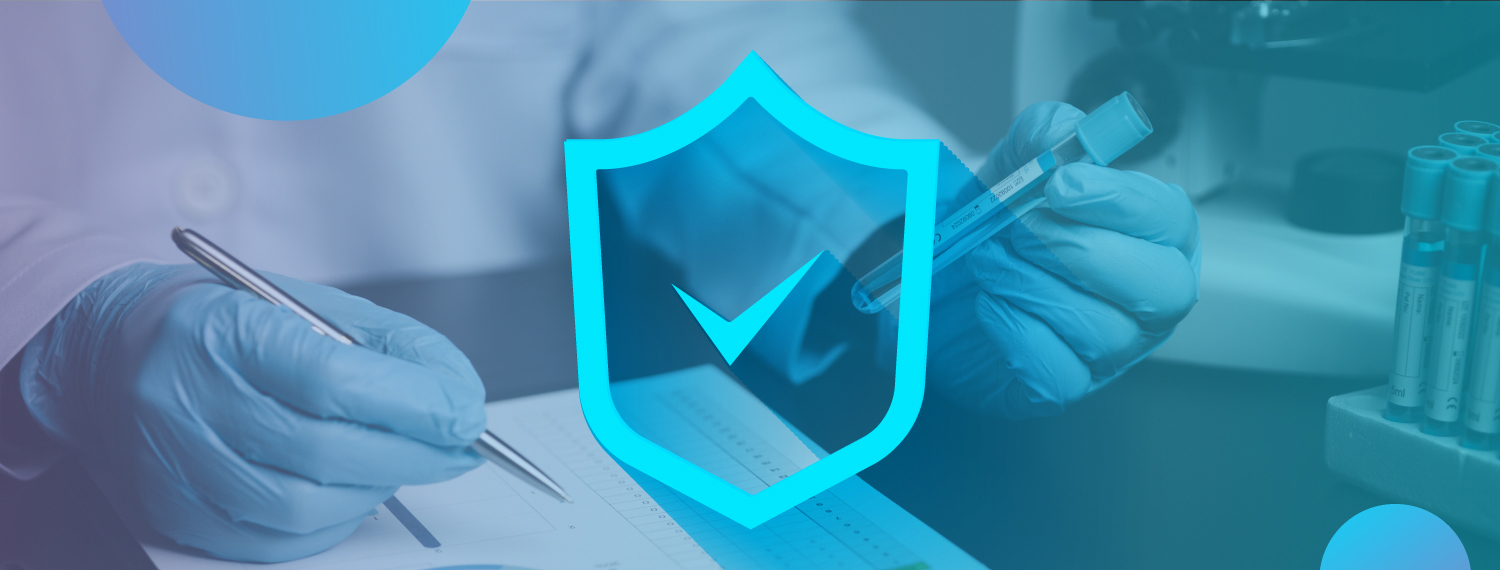Drug safety refers to the practice of ensuring that pharmaceutical products, including prescription medications, over-the-counter drugs, and other medical therapies, are safe for use by patients and have a minimal risk of causing harm. It involves a comprehensive assessment of a drug’s benefits and potential risks throughout its lifecycle, from development and clinical trials to post-market surveillance and ongoing monitoring.
The research and practices connected to the detection, evaluation, understanding, and prevention of adverse effects or other drug-related issues associated with the use of pharmaceutical goods are referred to as pharmacovigilance. It is an important part of drug safety and public health, ensuring that pharmaceuticals are used safely and effectively throughout their lifespan, from development and clinical trials to post-marketing monitoring.
Drug safety and pharmacovigilance are closely related terms within the field of healthcare and pharmaceuticals, but they have distinct meanings and functions. Let’s explore the differences between the two.
Drug Safety:
- Drug safety encompasses a broader concept that refers to the overall safety of pharmaceutical products, including their development, approval, manufacturing, distribution, and use.
- It involves assessing and managing the risks associated with a drug’s use and ensuring that its benefits outweigh its potential harms.
- Drug safety activities include preclinical and clinical testing, risk assessment, regulatory approval processes, post-marketing surveillance, adverse event reporting, risk minimization strategies, and ongoing monitoring of drugs in the market.
- Drug safety focuses on the entire lifecycle of a drug, from its early stages of development through its availability and use by patients.
- Other key aspects include:
- Ongoing monitoring and assessment of adverse events and side effects during the drug’s lifecycle.
- Collaborative efforts among regulatory agencies, pharmaceutical companies, healthcare providers, and patients to ensure safe use.
Pharmacovigilance:
- Pharmacovigilance specifically refers to the systematic monitoring, collection, assessment, and prevention of adverse effects or any other drug-related problems associated with the use of pharmaceutical products.
- It primarily deals with the post-market surveillance of drugs, aiming to identify and understand adverse reactions that may not have been detected during clinical trials.
- Pharmacovigilance activities involve collecting and analyzing real-world data from healthcare professionals, patients, and other sources to detect patterns of adverse events and assess their potential causal relationship with the use of specific drugs.
- Pharmacovigilance aims to guarantee patient safety by quickly detecting and mitigating any unexpected or severe adverse effects that may occur after a drug’s approval and availability on the market.
- Other key aspects of pharmacovigilance are:
- Assessing the causal relationship between a drug and an adverse event.
- Implementing corrective actions or risk minimization strategies based on pharmacovigilance findings.
- Collaborating with regulatory agencies, healthcare professionals, and patients to improve drug safety.
In summary, drug safety includes various activities to guarantee the safety of pharmaceutical products throughout their lifecycle, while pharmacovigilance concentrates on monitoring and managing the safety of drugs after patients have started using them. Pharmacovigilance is a critical component of overall drug safety efforts, as it helps identify and address safety concerns that may not have been evident during the initial clinical trials. Both drug safety and pharmacovigilance play critical roles in safeguarding patient health and ensuring that the benefits of medications outweigh any potential risks.

